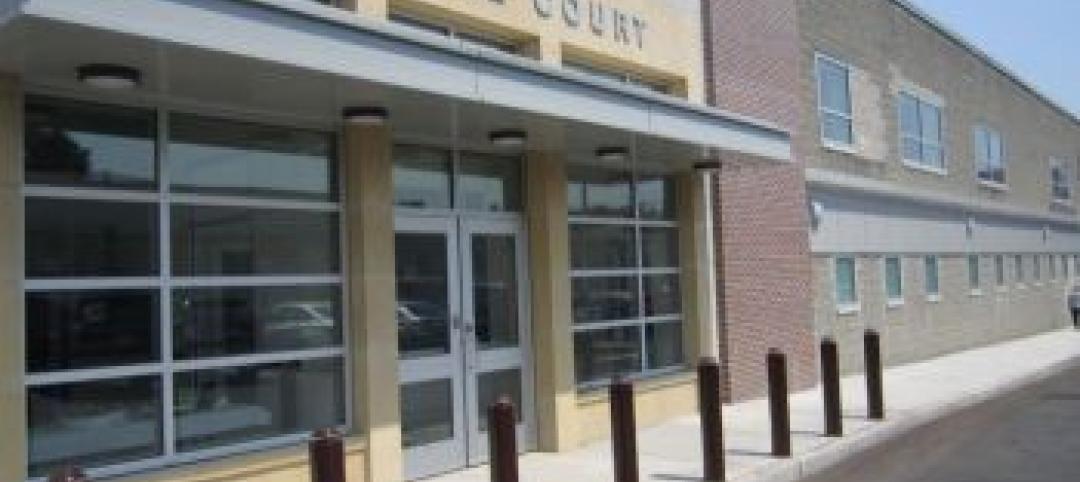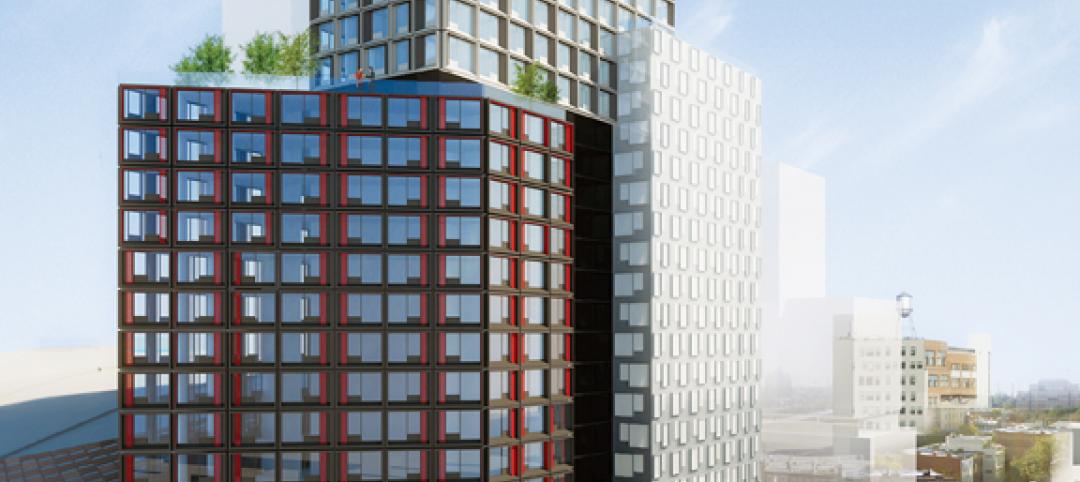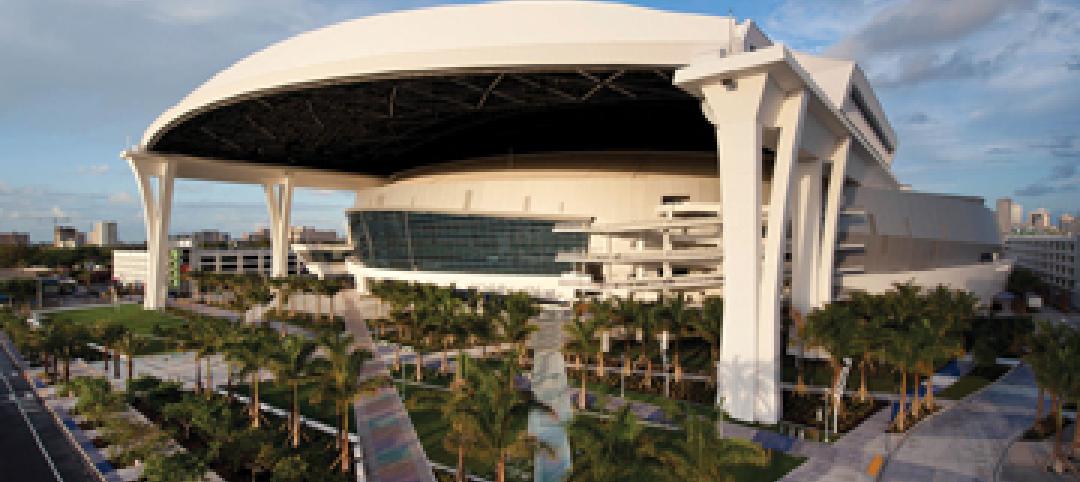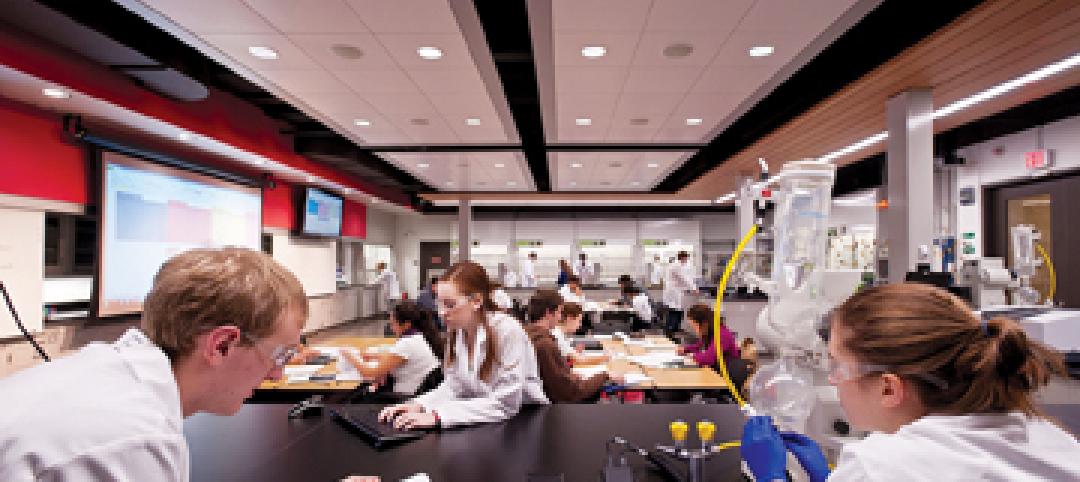New Buildings Institute (NBI) has developed the first ever set of plug load energy use metrics, which will allow commercial building owners and managers to more easily gain insight into their buildings’ energy use and become more energy efficient. Earlier this year, PECI used the NBI metrics to assess plug load energy use at PECI headquarters in the First and Main building in downtown Portland, Oregon. The study, which informed an energy-saving campaign, resulted in an 18 percent kWh reduction of PECI’s plug load.
Review New Buildings Institute Metrics, “Methodology for Reporting Commercial Office Plug Load Energy Use” and PECI case study, “Analyzing Plug Loads.”
According to the Energy Information Agency, plug load – which is defined as electricity use by equipment that plugs into a building’s electrical outlets – is one of the fastest-growing sources of energy use in commercial buildings. In typical offices, 15 to 20 percent of energy use can be attributed to the plug load of computers, monitors, printers, desk lamps, telephones, etc. In buildings with HVAC and/or lighting systems that have been upgraded or improved to be more energy-efficient, plug load can reach as high as 50 percent of total energy use.
The intent of NBI’s new metrics is to set a benchmark for plug load energy use and make it easier for building owners and managers to spot opportunities to improve energy efficiency. The methodology allows an apples-to-apples comparison of plug load energy use across commercial buildings, even if they have vastly different plug load makeups and characteristics.
PECI helped NBI test the theories behind their metrics during a study conducted in the Portland offices of PECI. PECI’s LEED Platinum office is equipped with an energy management system that allows circuit-level monitoring of energy use throughout the office space. This fact, coupled with PECI’s commitment to the study, practice and influence of responsible energy management, made the site – and the pairing – ideal.
NBI’s metrics showed that PECI’s plug load performance during business hours was already quite good, with numbers comparable to the metrics’ lowest reference value. Overnight, however, PECI’s plug load rated more poorly, with values above the metrics’ median.
“We discovered our higher overnight plug load was primarily due to people leaving their computers in ‘sleep mode’ when they left the office for the day,” said Joan Effinger, Engineering Manager at PECI. “We were excited to use the findings as an opportunity to improve.” PECI launched an internal campaign to motivate people to completely shut off their computers at the end of the day, which contributed to an 18 percent kWh reduction of plug load.
“It was very valuable to conduct such a successful test in a real-world situation,” said Cathy Higgins, Research Director of NBI. “Hopefully this is the first of many cases when people use these new metrics to improve the performance of buildings and reduce energy and cost.”
[1] Plug loads are a part of what is known as Miscellaneous Electrical Loads (MELS)
About PECI
PECI is a nonprofit corporation dedicated to creating the new energy economy. We are leaders in the field of energy resource management, with expertise in designing and implementing energy efficiency programs for utility and government agency clients. Our work helps millions of residential, commercial and industrial utility customers reliably save energy and money. We were founded in 1979 in Portland, Oregon and currently work with clients nationwide. To learn more, visit www.peci.org.
About NBI
Established in 1997, New Buildings Institute (NBI) has been a driving force in advancing energy code stringency, most notably with the adoption of the 2012 International Energy Conservation Code (IECC), which was based largely on NBI's Core Performance Guide--a prescriptive approach to high performance commercial buildings. The organization also advocates for measuring building energy performance in occupancy rather than relying on modeled predictions to assess efficiency levels, and has become a clearinghouse on zero-net energy policies and practices. To learn more about NBI go towww.newbuildings.org or call 360.567.0950.
Related Stories
| Aug 9, 2012
Slideshow: New renderings of 1 WTC
Upon its scheduled completion in early 2014, One World Trade Center will rise 1,776 feet to the top of its spire, making it the tallest building in the Western Hemisphere.
| Aug 9, 2012
Slideshow: New renderings of 1 WTC
Upon its scheduled completion in early 2014, One World Trade Center will rise 1,776 feet to the top of its spire, making it the tallest building in the Western Hemisphere.
| Aug 9, 2012
DSGW Architects welcomes new employees
Three new employees located in DSGW's Duluth office.
| Aug 9, 2012
DMR Architects converts bank building to municipal court
The project consisted of a $4 million renovation to a 2-story building totaling 13,000-sf.
| Aug 8, 2012
BD+C wins six B2B journalism awards
BD+C wins two national awards, three regional awards, and a regional Graphical Excellence award.
| Aug 8, 2012
BIM’s future up in the cloud
The AEC industry is on the cusp of a still more significant evolution with cloud computing.
| Aug 8, 2012
Giants 300 Sports Facilities Report
BD+C's Giants 300 Top 25 AEC Firms in the Sports Facilities sector.
| Aug 8, 2012
Giants 300 Science & Technology Report
BD+C's Giants 300 Top 25 AEC Firms in the Science & Technology sector.
| Aug 7, 2012
Pioneering revival
Financial setbacks didn’t stop this Building Team from transforming the country’s first women’s medical school into a new home for college students.
| Aug 7, 2012
Shedding light on the arts
Renovating Pietro Belluschi’s Juilliard School opens the once-cloistered institution to its Upper West Side community.

















